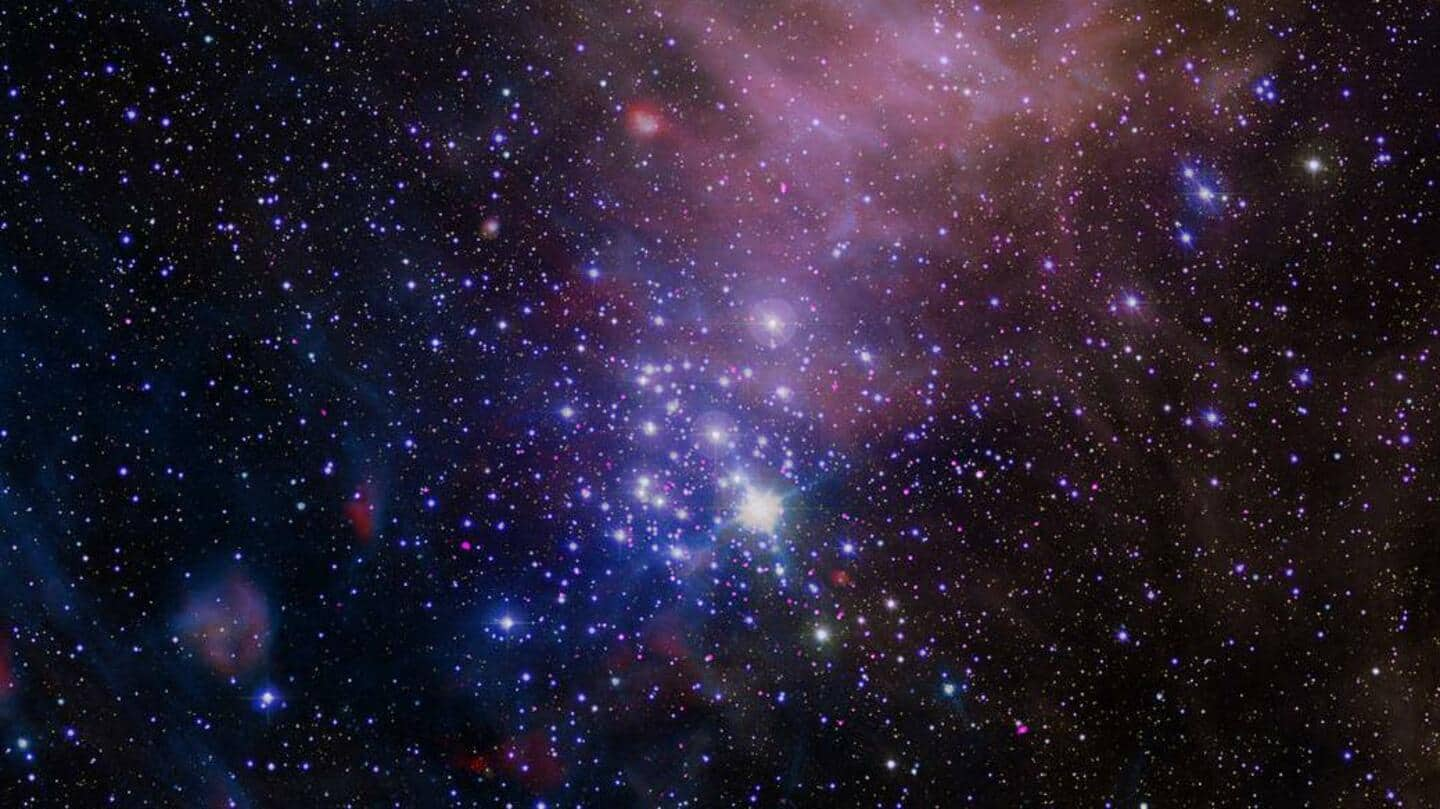
Emissions from young stars can impede formation of surrounding planets
What's the story
A new study, published in the Astrophysical Journal Letters, enhances our understanding of how stars hinder the formation of planets surrounding them. The investigation, based on observations from the Chandra X-ray Observatory, is specifically focused on the role of young stars in planetary formation. As per the research, the high-energy emissions from young stars could destroy the atmospheres of the developing planets.
Context
Why does this story matter?
X-ray telescopes allow us to see events in space that are otherwise invisible to us. This important and comprehensive study has been made possible because of NASA's Chandra X-ray Observatory. It is the world's most powerful X-ray telescope and was launched in 1999. It is a part of the "Great Observatories" which also comprises the Hubble Space Telescope.
Chandra X-ray Observatory
The observatory detects X-rays from hot regions of the universe
The prime goal of the Chandra X-ray observatory is to detect X-ray emissions from very hot regions of the universe, including exploded stars, clusters of galaxies, and matter around black holes, to provide a better understanding of the origin and evolution of the universe. The observatory utilizes a high-resolution camera (HRC) to interpret the obtained data into images.
Process
The observatory specifically probed into young stars
The observatory's in-house scientific equipment can measure the strength and temperature of X-rays. With the help of the observatory, scientists were able to perform the most detailed analysis yet of the magnetically-active young stars. This was done to ascertain how these young stars' activity affects the formation of planets in their accretion disks, which hold the necessary material for the development of planetary bodies.
Study
The young stars are a strong source of X-rays
Researchers focused on "open clusters" that contained more than 6,000 young stars, with ages ranging from 7 million to 25 million years old. These stars are a powerful source of X-rays, which originate from the intense magnetic fields within the star. This dataset was compared to Chandra's earlier observations, which comprised stars as young as 500,000 years old.
Explanation
The most active stars cleared away the accretion disks
It was discovered that the X-ray brightness of young, Sun-like stars was almost constant for the first few million years, and then decreased from 7 million to 25 million years of age. This decline happened more quickly for heavier stars, noted the researchers. The most magnetically active young stars were found to clear away the accretion disks, thereby halting the growth of planets.
Conclusion
The loss of accretion disks affects the planet's habitability
The disappearance of the accretion disks also affects the potential habitability of the planets. Scientists conclude that such extremely active stars "blast planets in their system with energetic X-rays and ultraviolet light." This causes the developing planets to lose their original, hydrogen-rich atmosphere through evaporation within a few million years unless it is protected by a magnetic field.